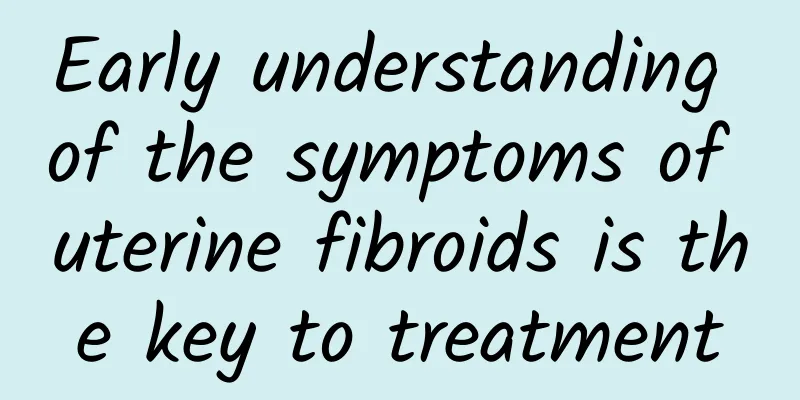Principles of treatment of idiopathic hyperprolactinemia

|
Idiopathic hyperprolactinemia refers to elevated serum PRL (usually <4.45 nmol/l), negative pituitary, central nervous and systemic examinations, and accompanied by symptoms such as lactation, oligomenorrhea, and amenorrhea. Cause of idiopathic hyperprolactinemia: The onset of the disease may be related to the heteromorphic structure of the PRL molecule. There are large PRL molecules (molecular weight 40-60KDa, formed by glycosylated PRL dimers and trimers) and large PRL molecules (formed by the polymerization of PRL and immunoglobulin, with a molecular weight greater than 100KDa) in the blood circulation. Both of these PRL macromolecules cannot bind to target cell receptors through the capillary wall and have no biological effect in the body, but their long half-life makes them easily accumulated in the circulation, leading to an increase in PRL measured by immune activity. Idiopathic hyperprolactinemia is self-limited. Hyperprolactinemia is still mainly treated with drugs, supplemented by surgery and radiotherapy. Treatment is selected based on individual principles such as the serum PRL level of pathological hyperprolactinemia, clinical symptoms, and whether or not there is a desire to have children. The treatment principles for idiopathic hyperprolactinemia are as follows: Principles of treatment of idiopathic hyperprolactinemia (I) Treatment of primary disease Ectopic prolactin secretion caused by ectopic pregnancy, malignant tumors, hypothyroidism, renal failure, etc. requires treatment targeted at the primary disease. Treatment principles for idiopathic hyperprolactinemia (II) Follow-up observation If PRL is slightly elevated, menstruation is regular, and the woman does not want to have children, she can be observed for a while. Principles of treatment of idiopathic hyperprolactinemia (III) Drug treatment of choice Indications for idiopathic hyperprolactinemia: amenorrhea, low estrogen status, infertility, pituitary microadenoma, or headache, etc. Treatment options for idiopathic hyperprolactinemia Bromocriptine (BCT) 2.5 mg, 1-2 times/do, 3 months as a course of treatment. If the PRL level cannot be reduced to normal after taking the medicine for about one week, the dose can be increased to 7.510 mg per day. (High doses should be given 2-3 times a day) The above is the relevant information about the treatment principles of idiopathic hyperprolactinemia. I hope you will understand it after reading the above introduction. |
<<: Misunderstandings in the Treatment of Hyperprolactinemia
>>: There are four major treatments for hyperprolactinemia
Recommend
Experts introduce methods to prevent adnexitis
In recent years, the incidence of adnexitis in wo...
What medicine should I take to treat irregular menstruation
What medicine should I take to treat irregular me...
What cancer can uterine fibroids develop into? Can uterine fibroids develop into cancer?
What cancer can uterine fibroids develop into? Ca...
What to do if a pregnant woman has endometrial tuberculosis
What should a pregnant woman do if she has endome...
How to care for endometrial tuberculosis during pregnancy
Although endometrial tuberculosis is divided into...
Can threatened abortion be detected by B-ultrasound?
Can threatened abortion be detected by B-ultrasou...
Swimming to lose weight, calorie intake of men and women is very different, supplementing 3 nutrients without burden
In scorching hot weather, swimming can not only c...
Under what circumstances does candidal vaginitis usually occur?
Under what circumstances does candidal vaginitis ...
How to choose various surgical methods for uterine fibroids
Surgery is a traditional and effective method for...
Hot-selling dragon fruit "Taipei Hope Plaza" starts selling this weekend
To promote the hot-selling agricultural products ...
Lose fat and lose weight? Balanced diet, low-sugar diet, ketogenic diet, 3 pictures to understand the advantages and disadvantages in seconds!
What is the healthiest way to eat? How to eat to ...
Sugar-free fashion is in! Drinking soy milk can help you get a slim figure
Eating too much sugar can cause your body to lose...
Related complications and treatment after abortion
Artificial abortion, also known as artificial abo...
Abnormal vaginal discharge and foul-smelling urine
Abnormal vaginal discharge and odorous urine may ...
Should I wear long clothes and long pants if I have a miscarriage in summer?
Whether you need to wear long sleeves and long pa...









